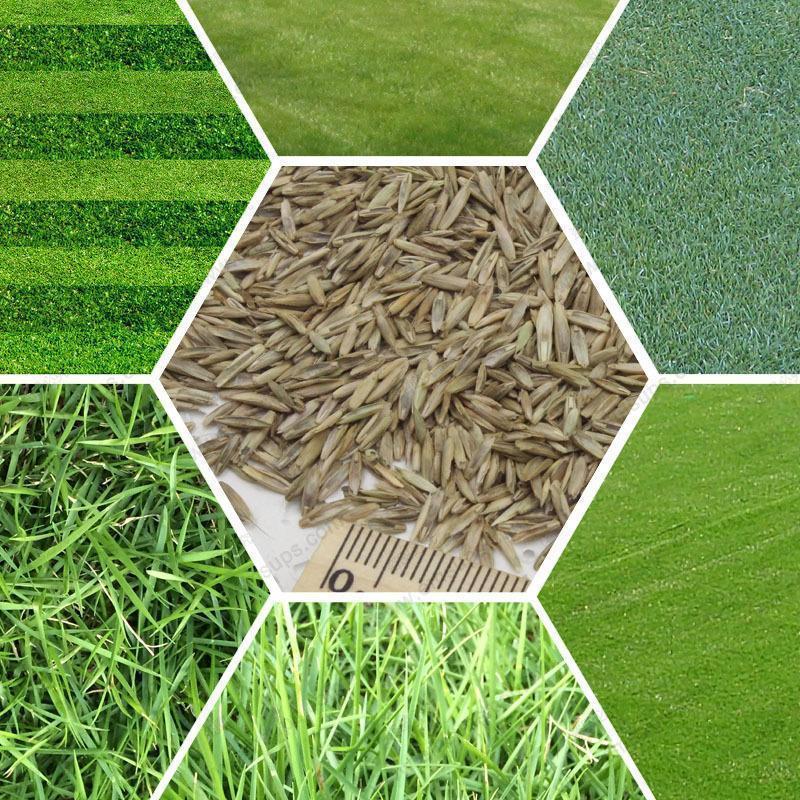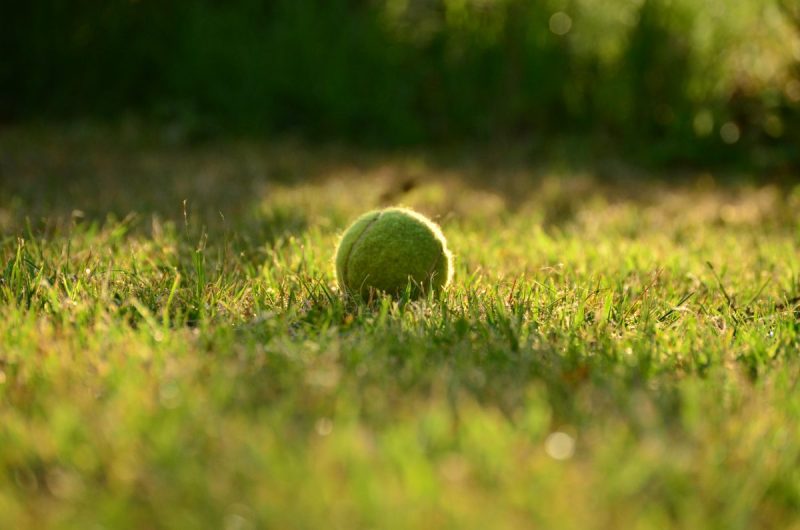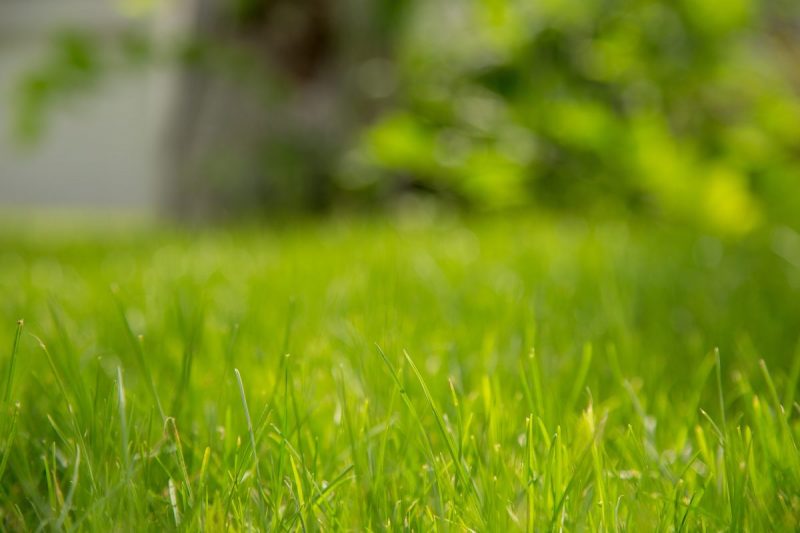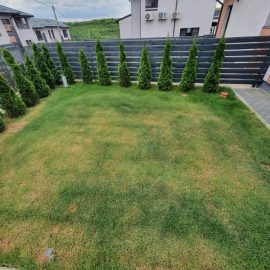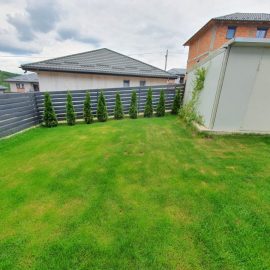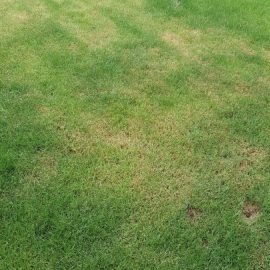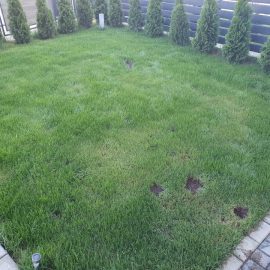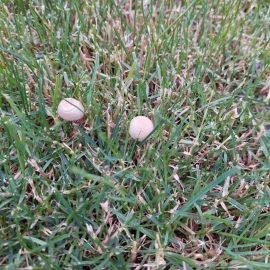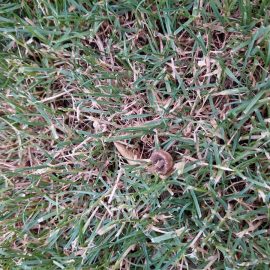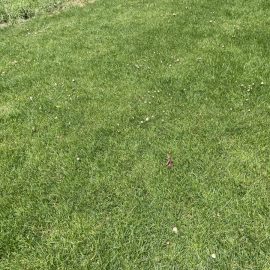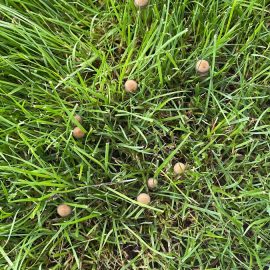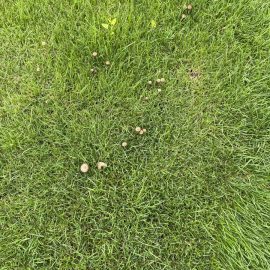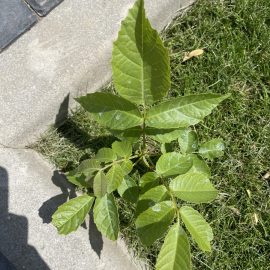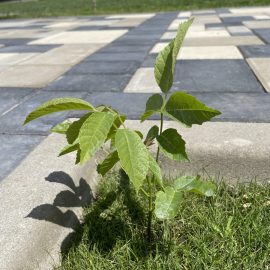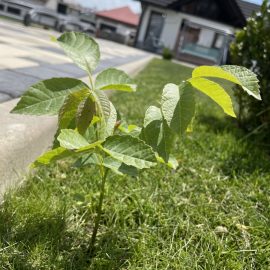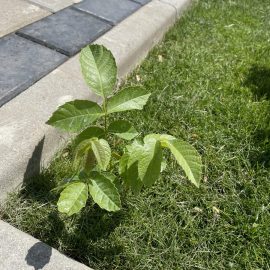Choosing the type of lawn
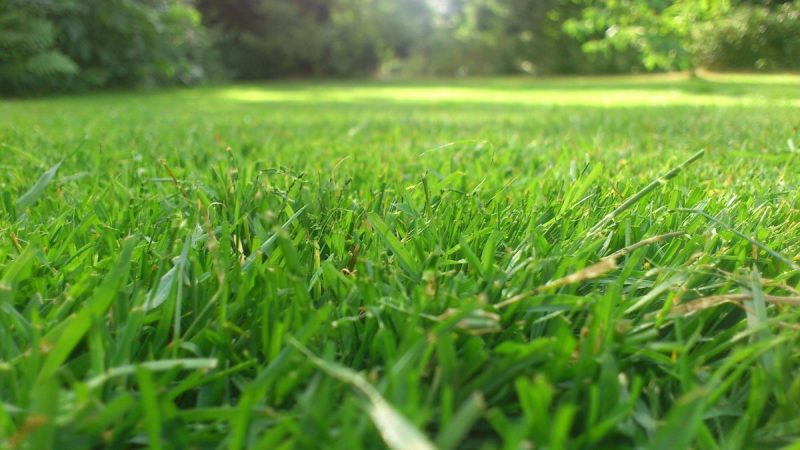
A crucial step in establishing a lawn and the success of the work is to choose the right lawn depending on its destination, location and climatic and environmental factors.
When setting up the lawn by sowing seeds, it is advisable to avoid the use of a single species, most often using mixtures of species and varieties of grasses, whose characteristics complement each other, covering the soil with a dense and uniform carpet.
The main grass species:
Perennial ryegrass – Lolium perenne
It is used to set up, restore or overseed the lawn. As the name suggests, it is a perennial plant, with smooth leaves, dark green, glossy.
It is a resistant plant, it germinates quickly and tolerates high traffic. It can be grown on most soil types and it is easy to care for. For these reasons, perennial ryegrass is used in most lawn seed mixtures.
Kentucky bluegrass – Poa pratensis
It spreads relatively easily due to the underground stems (rhizomes), forming a dense and uniform turf. Although it has a weak growth, its density, durability, traffic resistance and decorative qualities rank it among the most valuable species for setting up the lawn. It has resistance to low and high temperatures and can be grown in sunny places, but also slightly shaded areas. Kentucky bluegrass is found in most lawn seed mixtures.
Red fescue – Festuca rubra
It is distinguished by a fine, glossy, dark green foliage. It has low requirements for climate and soil (growing on poor and problematic soils). The red grass has a high tolerance to low temperatures, shade and drought, and has a moderate tolerance to traffic. It forms a dense, fine lawn, being a valuable species in lawn seed mixtures.
It has 3 subspecies:
- Festuca rubra ssp. trichophylla: it keeps its decorative qualities even in the driest periods (but not exceeding one month) and has good traffic resistance.
- Festuca rubra ssp. rubra: it can withstand well conditions of prolonged drought, but it is sensitive to heavy traffic.
- Festuca rubra ssp. commutata: it is less resistant to drought compared to the other species, and the tolerance to traffic is moderate.
Tall fescue – Festuca arundinacea
It forms a less dense bush and the leaves are dark green and almost straight, upwards oriented. The tall fescue is appreciated for its adaptability to the climate and for resistance to cold, heat, drought and shade. Due to its characteristics, it improves the durability and resistance of the lawn.
Choosing the right type of lawn
Depending on the purpose:
- Universal / rustic Lawn – the universal lawn seed mix is often used in gardens (private or public), parks, green areas. It can adapt to all types of soil, it is easy to care for and it can withstand varying traffic intensity. It has a slower growth.
- Sports lawn – it is suitable for sports fields, but also for playgrounds. It has a higher resistance to traffic compared to other types of lawn and has a high regeneration capacity.
- Ornamental / decorative lawn – it is distinguished by its decorative qualities (dense, fine, intense shade). This type of lawn is demanding for upkeep and has a lower resistance to traffic.
Recommended products
-
You can find products on a different store
Change Store -
You can find products on a different store
Change Store -
You can find products on a different store
Change Store -
You can find products on a different store
Change Store -
You can find products on a different store
Change Store -
You can find products on a different store
Change Store -
You can find products on a different store
Change Store -
You can find products on a different store
Change Store -
You can find products on a different store
Change Store -
You can find products on a different store
Change Store -
You can find products on a different store
Change Store -
You can find products on a different store
Change Store -
You can find products on a different store
Change Store -
You can find products on a different store
Change Store -
You can find products on a different store
Change Store -
You can find products on a different store
Change Store -
You can find products on a different store
Change Store -
You can find products on a different store
Change Store -
You can find products on a different store
Change Store -
You can find products on a different store
Change Store -
You can find products on a different store
Change Store -
You can find products on a different store
Change Store -
You can find products on a different store
Change Store -
You can find products on a different store
Change Store
Depending on the light exposure of the terrain:
- Lawn for shaded areas – the seed mixture is specially created for shaded, problematic areas, with high tolerance to high soil moisture. It has a moderate growth and a low or medium tolerance to traffic.
- Lawn for sunny areas – the seed mixture is specially created for areas exposed to intense sunlight. This type of lawn is resistant to drought and high temperatures. It has a medium to high tolerance to traffic.
Recommended products
-
You can find products on a different store
Change Store -
You can find products on a different store
Change Store -
You can find products on a different store
Change Store -
You can find products on a different store
Change Store -
You can find products on a different store
Change Store -
You can find products on a different store
Change Store -
You can find products on a different store
Change Store -
You can find products on a different store
Change Store -
You can find products on a different store
Change Store -
You can find products on a different store
Change Store -
You can find products on a different store
Change Store -
You can find products on a different store
Change Store -
You can find products on a different store
Change Store -
You can find products on a different store
Change Store -
You can find products on a different store
Change Store -
You can find products on a different store
Change Store -
You can find products on a different store
Change Store -
You can find products on a different store
Change Store -
You can find products on a different store
Change Store -
You can find products on a different store
Change Store -
You can find products on a different store
Change Store -
You can find products on a different store
Change Store -
You can find products on a different store
Change Store -
You can find products on a different store
Change Store
In existing lawns that have damaged areas, low density, gaps left after the removal of parts affected by disease, pests, moss, etc., for the regeneration of the lawn can be used a mixture of seeds with rapid germination. Its role is to recondition the lawn, ensuring a sustainable and dense growth, regardless of the time of application: early spring to late autumn (some seed mixtures can germinate at lower temperatures).
Recommended products
-
You can find products on a different store
Change Store -
You can find products on a different store
Change Store -
You can find products on a different store
Change Store -
You can find products on a different store
Change Store -
You can find products on a different store
Change Store -
You can find products on a different store
Change Store -
You can find products on a different store
Change Store -
You can find products on a different store
Change Store -
You can find products on a different store
Change Store -
You can find products on a different store
Change Store -
You can find products on a different store
Change Store -
You can find products on a different store
Change Store -
You can find products on a different store
Change Store -
You can find products on a different store
Change Store -
You can find products on a different store
Change Store -
You can find products on a different store
Change Store -
You can find products on a different store
Change Store -
You can find products on a different store
Change Store -
You can find products on a different store
Change Store -
You can find products on a different store
Change Store -
You can find products on a different store
Change Store -
You can find products on a different store
Change Store -
You can find products on a different store
Change Store -
You can find products on a different store
Change Store














































































































































































































































































































































































































































